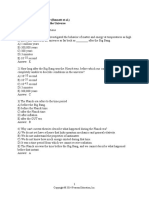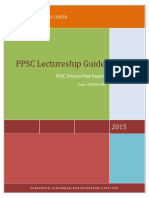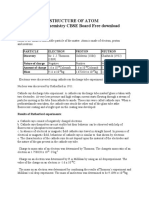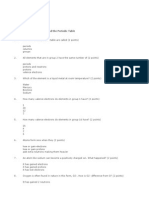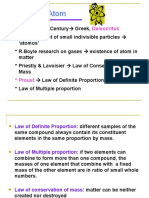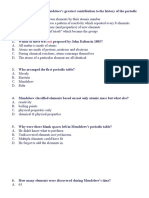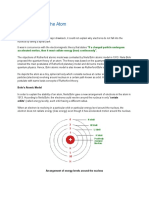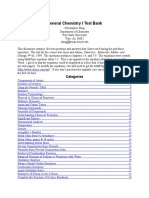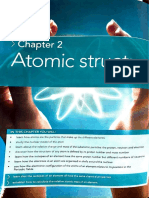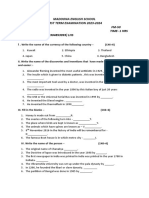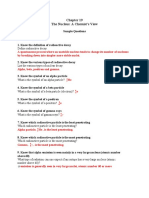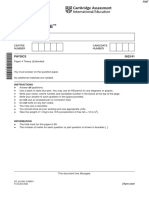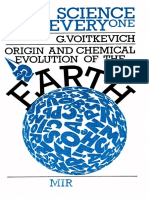0% found this document useful (0 votes)
106 views6 pagesAtomic Structure Questions Answered
The document defines key atomic concepts such as atomic number, mass number, nucleons, and valence shell. It also outlines Dalton's atomic theory and Rutherford's atomic model, highlighting their features and drawbacks. Additionally, it discusses variable valency, isotopes, and provides examples of atomic structures and electron configurations.
Uploaded by
HARSH RANJANCopyright
© © All Rights Reserved
We take content rights seriously. If you suspect this is your content, claim it here.
Available Formats
Download as PDF, TXT or read online on Scribd
0% found this document useful (0 votes)
106 views6 pagesAtomic Structure Questions Answered
The document defines key atomic concepts such as atomic number, mass number, nucleons, and valence shell. It also outlines Dalton's atomic theory and Rutherford's atomic model, highlighting their features and drawbacks. Additionally, it discusses variable valency, isotopes, and provides examples of atomic structures and electron configurations.
Uploaded by
HARSH RANJANCopyright
© © All Rights Reserved
We take content rights seriously. If you suspect this is your content, claim it here.
Available Formats
Download as PDF, TXT or read online on Scribd
/ 6


